by Michael Greco
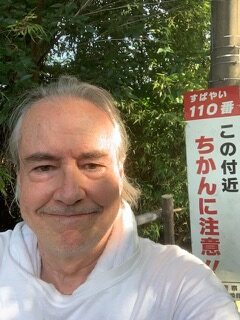
The neighbors call me the marathon runner.
Almost every afternoon at dusk I run from the house, through the neighborhood, across a street, then under the JR and Hankyu lines. It’s about five minutes of exercise to that point.
And I’m slow. Real slow.
The chatty gal across the street from our house calls out, “Lots of running, but you’re not slim. You don’t have the body of a runner.”
What gall. She’s old, I’m old, everybody’s old. We’re old people and say what we want.
I live below a mountain called Tenno-zan in the city of Yamazaki, in Kyoto. We wouldn’t call it a mountain in the West, but a Japanese friend once made the distinction to me by saying that if it’s not cultivated to any noticeable degree, then it’s a mountain.
I’m happy with that delineation. I like living under a mountain.
My run continues, and I jump a series of large stone slab-like steps with some zest because this is the most satisfying part of the routine. The jumping is fun.
After the stone slabs I’m winded and walk slowly past a sign that warns of perverts (Chikan Chui!) to a clearing that overlooks my town of Yamazaki. I do a few simple stretches there next to a little fence that protects the ruins of many old roof-tile kilns, built in the Heiankyo period.
Out of my own neighborhood now, I become a familiar stranger. The same people are out, jogging lightly like myself or walking their dogs. One woman walks her cat. There are few people about up here at the base of Tenno-zan and that’s a big part of the charm of this routine.
Next, I commence the second part of the run, puffing my way higher up the mountain and then skirting the base of the temple (called Hoshakuji), where my family enjoys ringing the temple gong every New Years. The wife and daughter are now in Malaysia—our twelve-year-old studies at an American school in Kuala Lumpur. They took the cat, too, so I’m alone, tinkering about in a big, old house. But I continue the custom, ringing the gong to bring in this year, and I will do so again for next year. It’s a Greco family tradition.
After this second short run (though most would not call it that), I reward myself by sitting on a cement pylon at the top of another set of stone steps. Here, I catch my breath, and allow myself to do some lingering dreaming. I’m up fairly high now, and a good deal of Kyoto opens below me.
There is an uguisu, or bush warbler, a small green fellow that’s been chirping away in the nearby trees every day since early March. It has such a beautiful call. Is it lonely? Has it lost a mate? Does it have a family?
An elderly man passed me on the pylon a month back and descended the stairway, then paused, squinting, trying to find the source of that beautiful call.
“You can’t see it,” I said to the man. “It’s impossible. I’ve been trying to spot it since spring.”
The man chuckled, and continued carefully down the steps.
Located roughly midway between Osaka and Kyoto, Yamazaki can’t really boast of much—for tourists, anyway—other than the Suntory distillery and the Asahi art museum. This place is really all about the mountain. One can just feel the aged wisdom of Tenno-zan, this grand, old sage.
Many know of the famous Battle of Yamazaki five-hundred years ago. One can gaze down at the site of the battle, fall back all those centuries and imagine the clashing legions below. The mountain has its unique place in the history of this region, and it’s earned a certain prerogative.
After my five minutes of reflection, I walk back down to the base of the mountain, past the Chikan Chui! sign, under the train tracks, and across the road.
Back on flat ground for the final leg, I run again. This is my three-minute dash home, once more through the neighborhood. I wave at the people, but I don’t stop, so serious a runner I am. I make it back home, about twelve minutes of run time total, though I’ve been gone a half-hour. It’s not exactly Olympic training.
“It’s a shame they cancelled the Kyoto Marathon again, isn’t it,” one neighbor laments to me as I’m undergoing my final leg stretches.
I agree, pretending I had every intention of joining the marathon. Piece of cake!
It’s a lie, of course, I can’t really run. I’m as far from a marathon runner as a bush warbler is from an eagle. But they never see that. They only see me running through the neighborhood and make assumptions that I have this lasting quality of physical gumption, something I’ve never possessed. I’m no marathon man. I’m the stretching and sitting on a pylon man, a dreaming man. But it’s my secret.
Only one neighbor seems to suspect, the chatty gal across the street. “He doesn’t have a runner’s body,” she clucks to another neighbor, unmindful if I overhear or not.
Old people are like old mountains—we’ve earned that prerogative.
***********************
For an interview with Michael Greco about his writing, please click here.









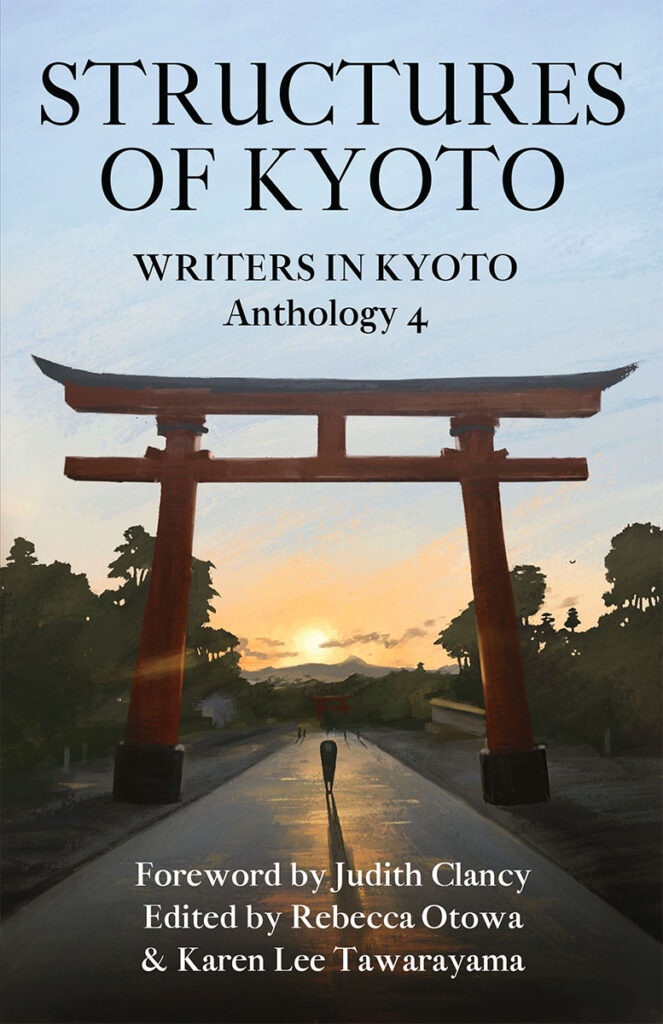




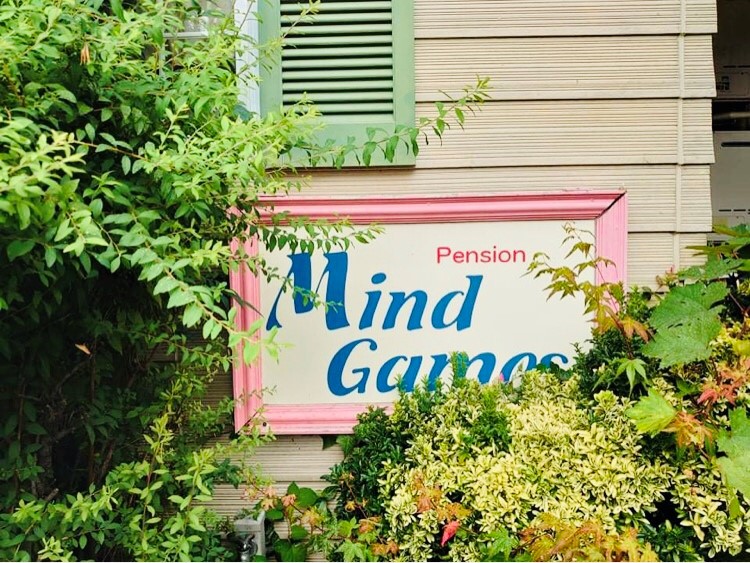
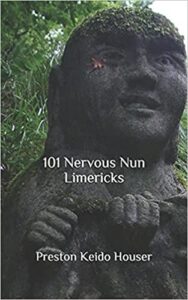
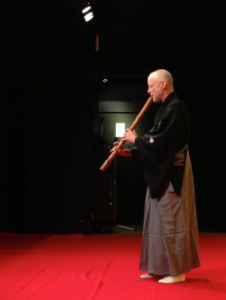





Recent Comments